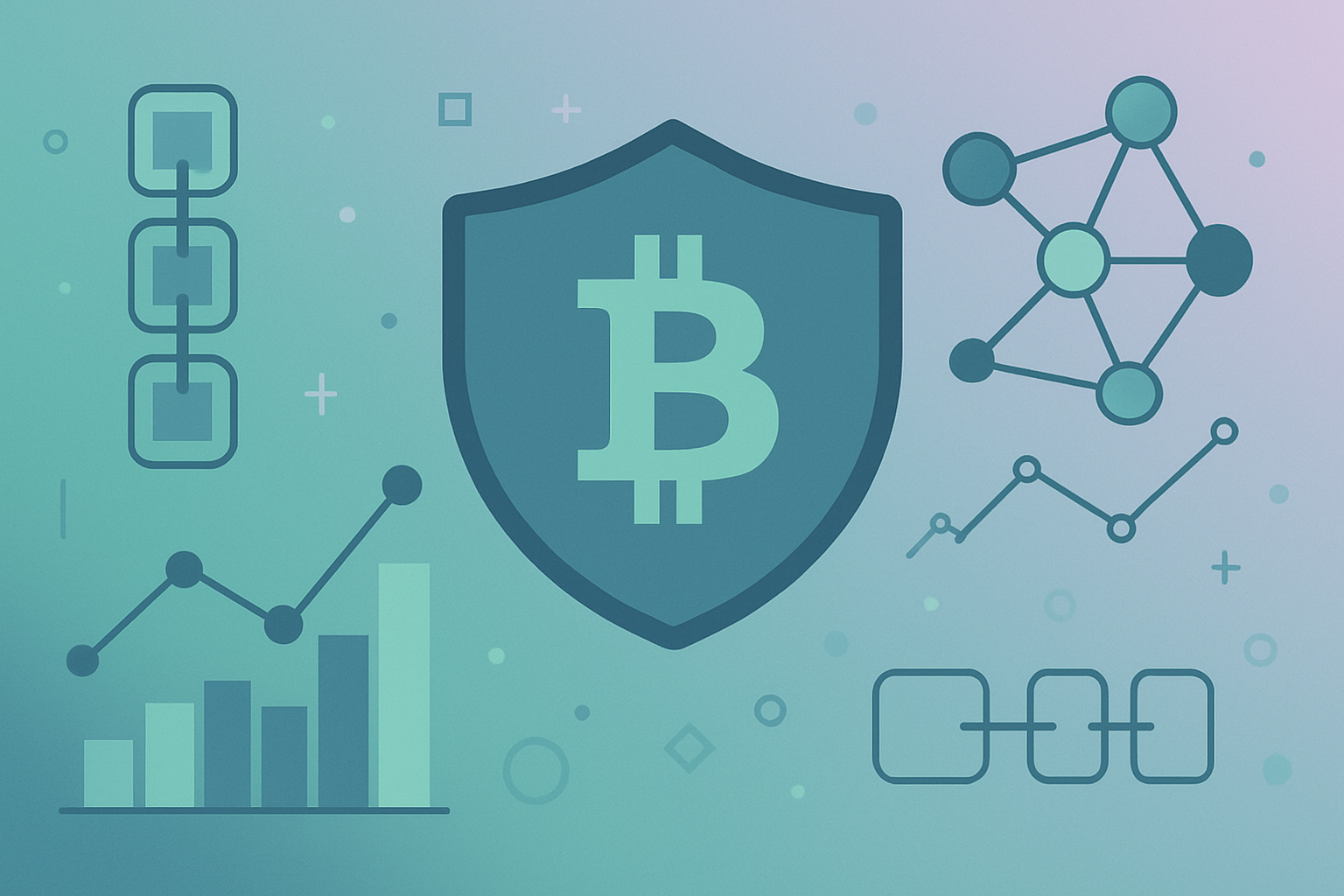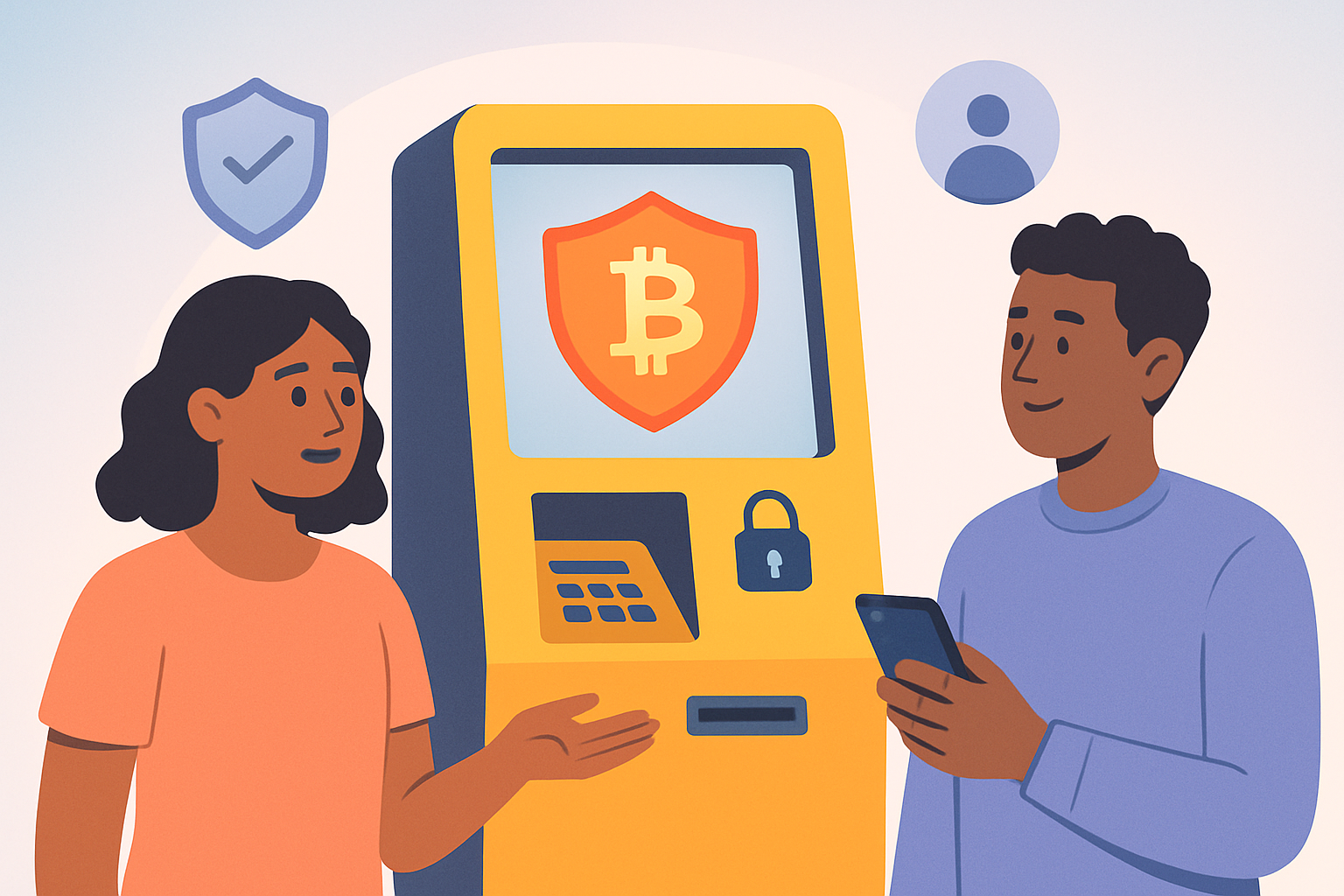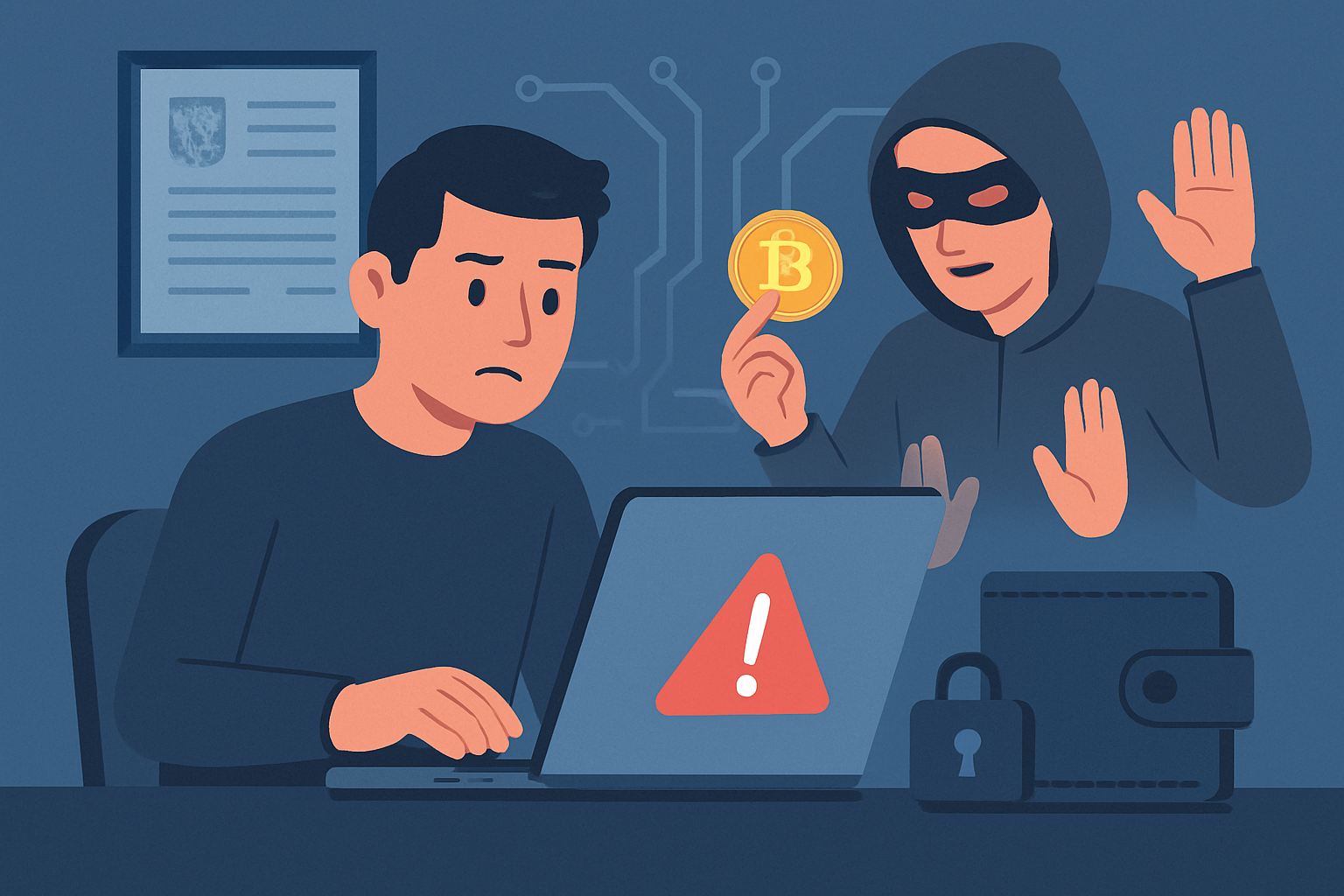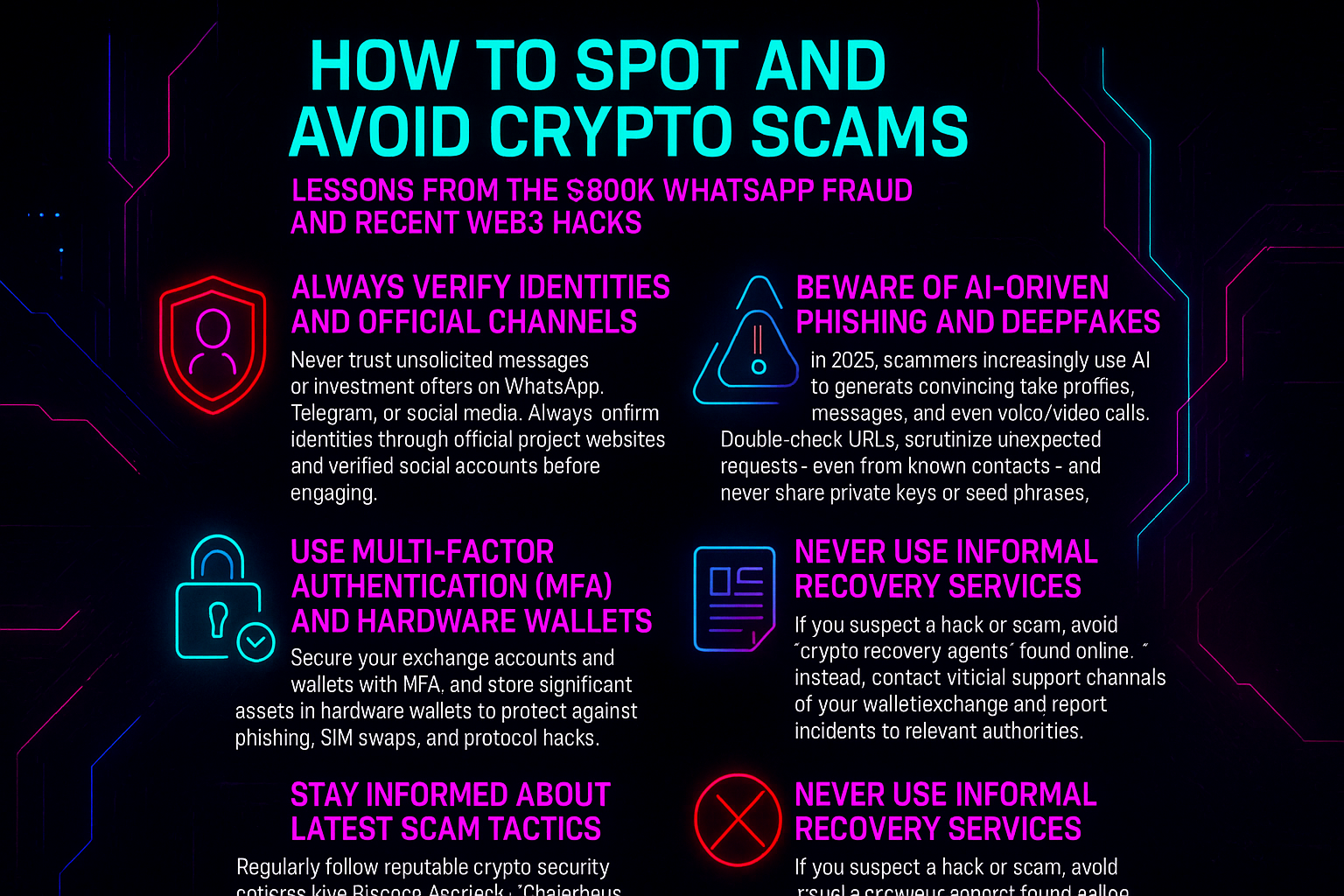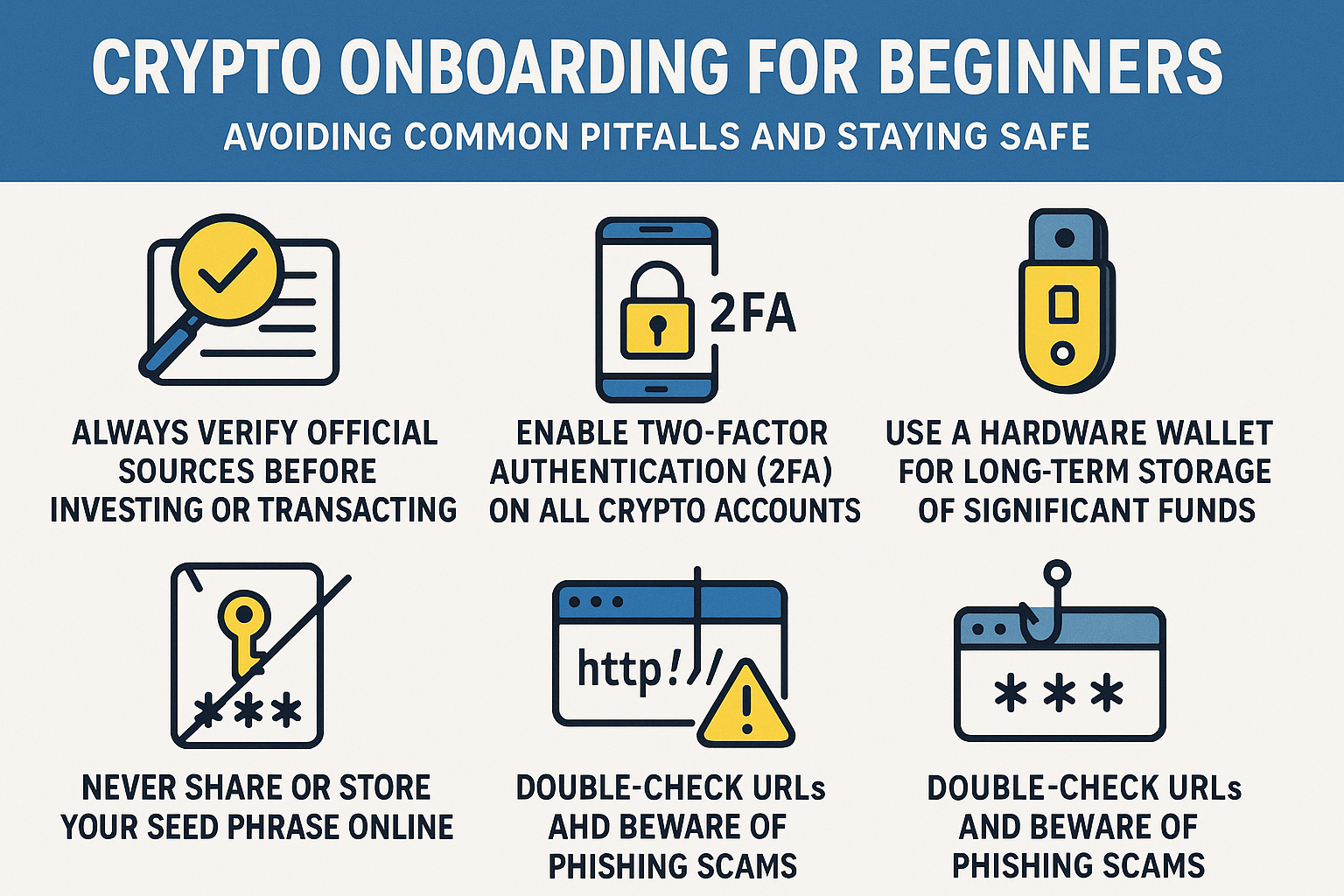What Japan’s 2025 Crypto Exchange Reserve Mandate Means for New and Experienced Crypto Buyers
Japan is about to set a new global benchmark for crypto exchange safety, and the implications for both new and seasoned crypto buyers are substantial. Starting in 2025, Japan’s Financial…



